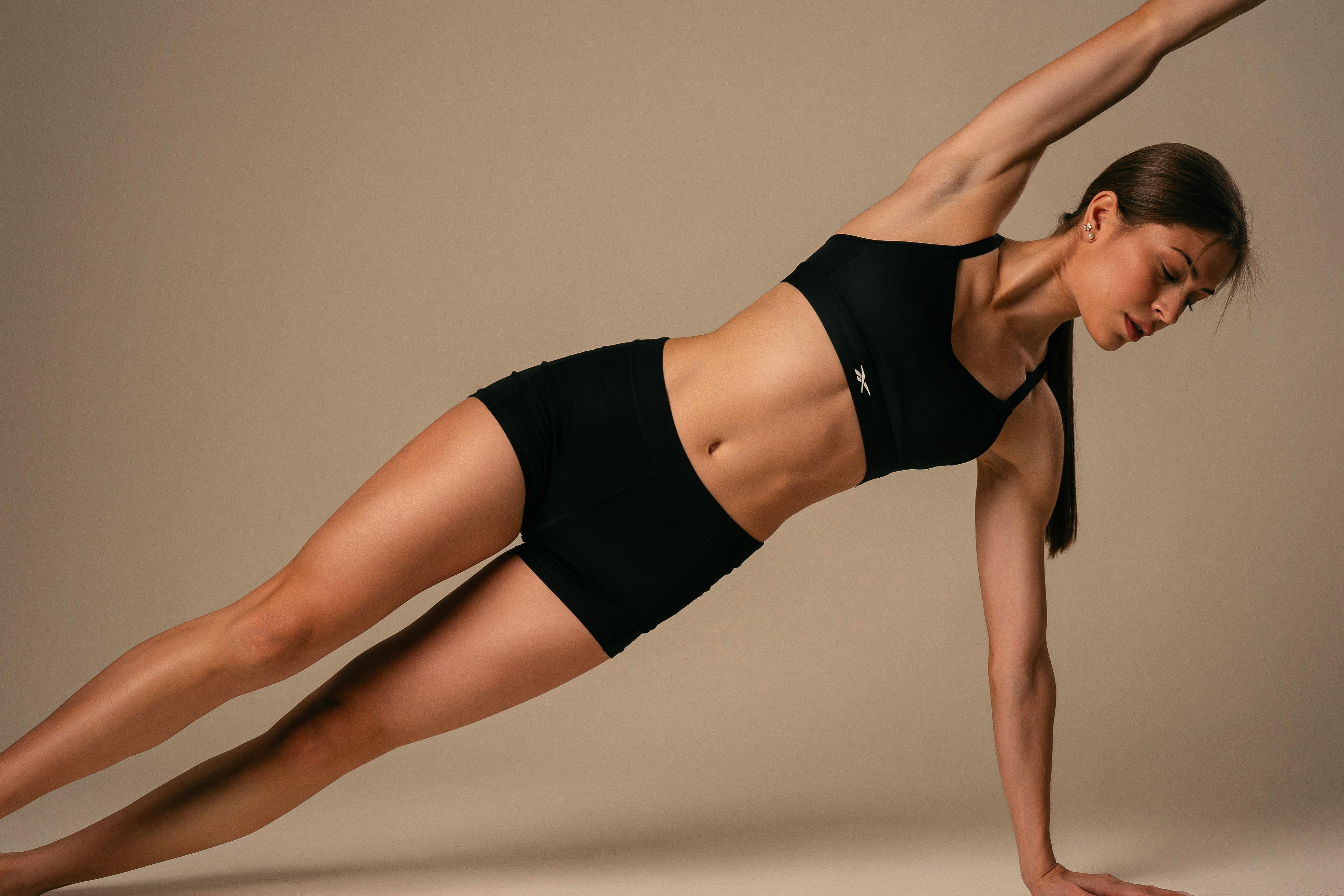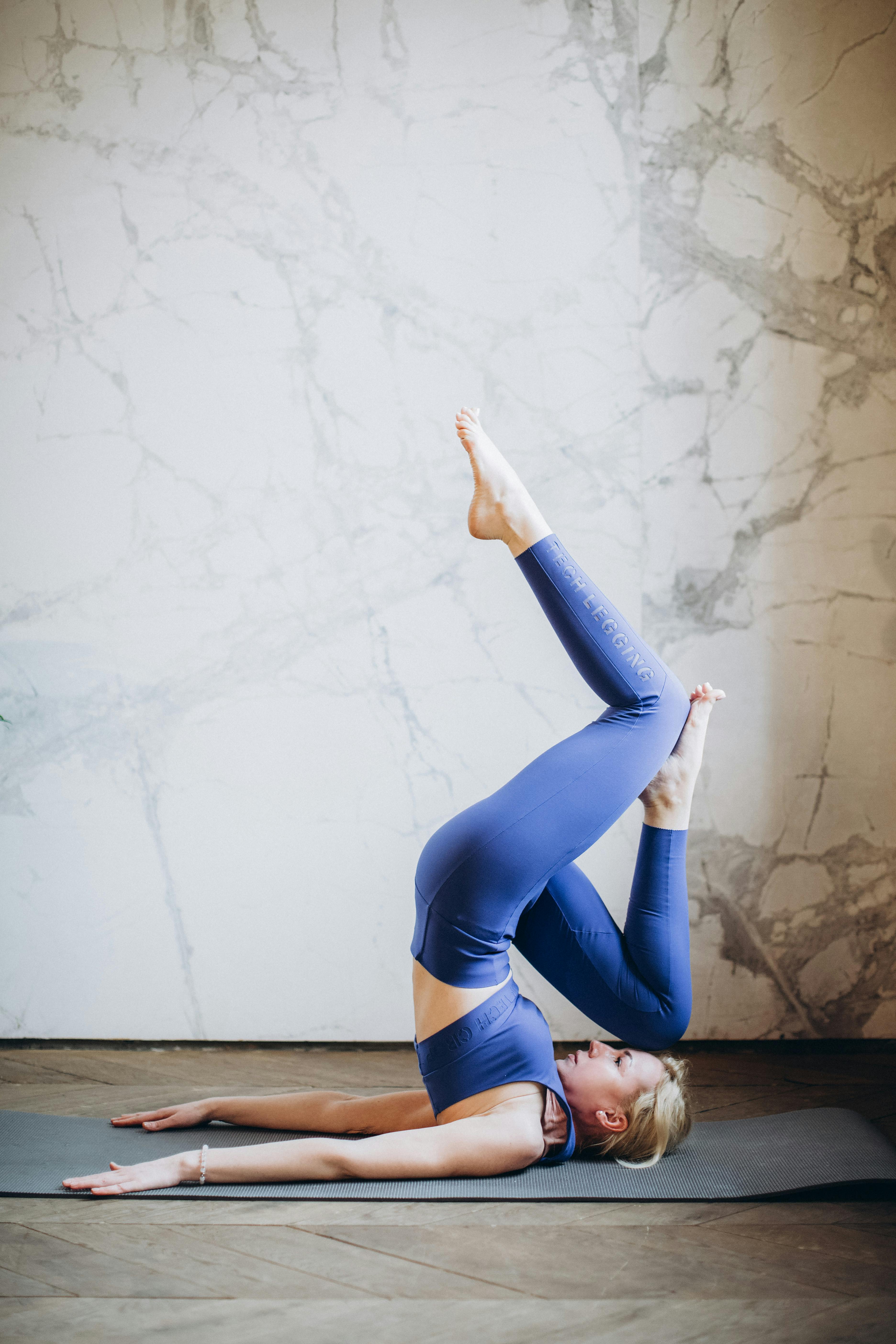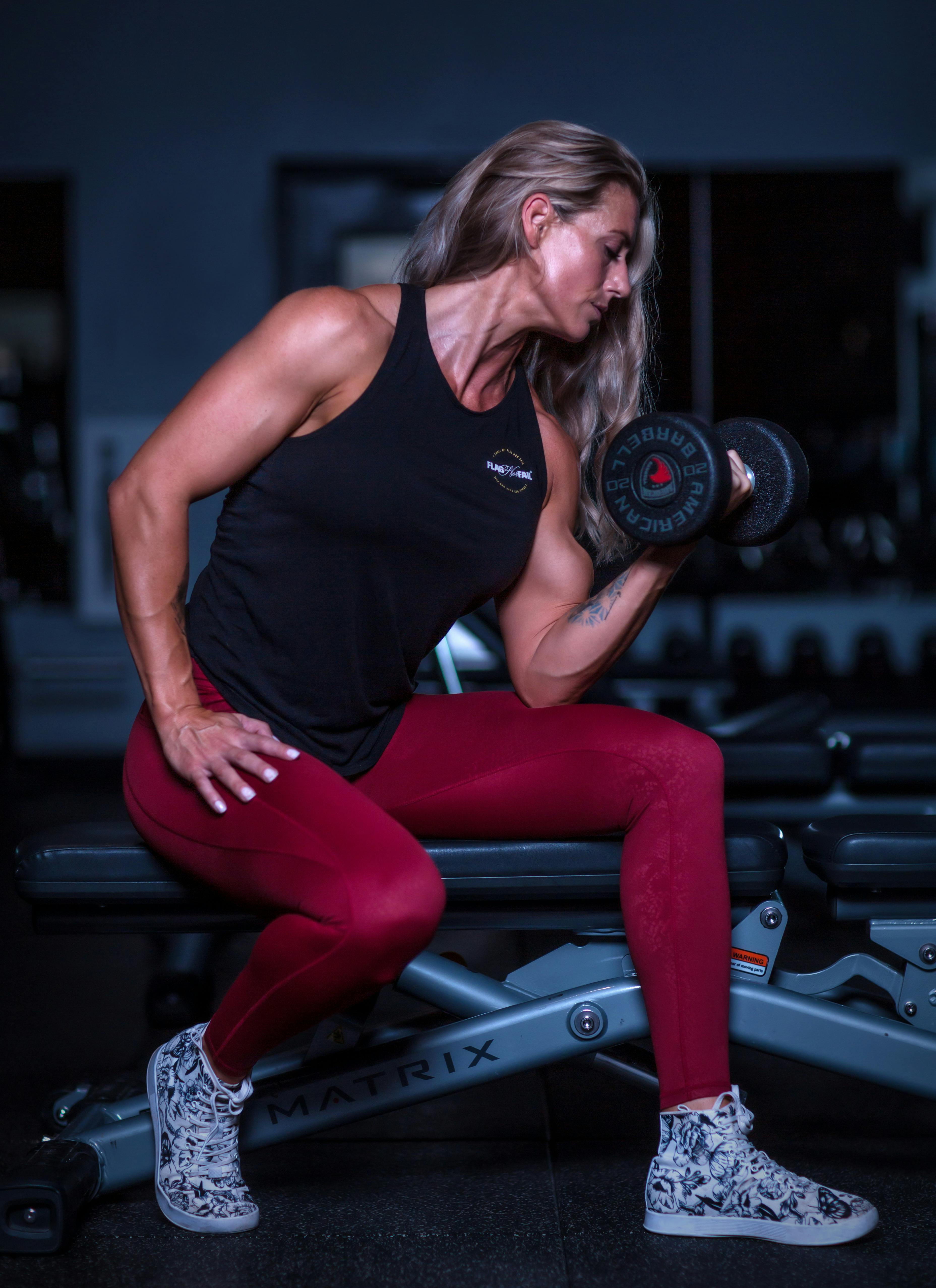Pilates Body vs Gym Body: Understanding the Differences
and Benefits
 |
 |
In the quest for fitness, the debate between achieving a Pilates body vs Gym body is quite common. For anyone eager to attain a healthy and visually appealing physique, understanding these two fitness paths can be quite enlightening. Whether you're drawn to the lean and flexible physique associated with Pilates or the muscular and toned look gained from gym routines, this overview will provide valuable insights to support your journey towards a healthier lifestyle.
What distinguishes a Pilates Body vs Gym Body? This question often surfaces as fitness enthusiasts seek the best approach to achieve their personal goals. Both Pilates and traditional gym workouts offer unique benefits tailored to different fitness needs. Pilates is lauded for creating long, lean muscles, boosting core strength, and enhancing flexibility. With its emphasis on controlled, mindful movements, Pilates fosters a strong mind-body connection, ideal for those prioritizing balance and holistic well being.
In contrast, gym workouts are associated with muscle hypertrophy, strength, and endurance. These routines typically involve weightlifting, cardio, and resistance training to develop visible muscle definition and cardiovascular health. This makes gym workouts ideal for individuals aiming to bulk up or enhance athletic performance. The debate around Pilates Body vs Gym Body centers on these differences, clarifying which path aligns best with your health goals and aesthetic desires. Understanding these distinctions empowers you to select a routine that aptly supports your wellness aspirations.
What Constitutes a Pilates Body?

A Pilates body is often characterized by long, lean muscles, strong core stability, and enhanced flexibility. Pilates, a form of low-impact exercise developed by Joseph Pilates, emphasizes control, precision, and a connection between mind and body. Its repetitive movements focus on strengthening muscles while improving postural alignment and flexibility. This approach not only helps reduce tension in the body but also boosts endurance and core strength without necessarily increasing muscle mass.
Joseph Pilates, the German physical trainer who developed the mind-body exercise known as Pilates, said, "In 10 sessions you'll feel the difference, in 20 sessions you'll see a difference, and in 30 sessions you'll have a whole new body".
Core Strength and Stability
- Core Stabilization: Pilates places a strong emphasis on core muscles, which include the transverse abdominis, obliques, rectus abdominis, and those surrounding the spine. This focused approach helps stabilize the pelvis and spine, creating a solid foundation for all physical activities. A stable core enhances overall body strength and plays a crucial role in maintaining balance and coordination, helping to prevent falls and improve athletic performance.
- Improved Posture: Regular Pilates practice encourages users to develop an awareness of their body's alignment and musculature. By strengthening the core muscles, Pilates helps counteract the poor posture habits that can result from prolonged sitting or improper ergonomics. This means that with consistent practice, practitioners often experience improved posture, carrying themselves with a lifted and balanced stance.
- Balanced Musculature: Pilates promotes an even development of muscles throughout the body. By concentrating on core stability, it helps prevent muscular imbalances that may arise from workouts focusing heavily on only certain muscle groups. This balanced development is a defining characteristic of a Pilates body, contributing to strength without excessive bulk.
Flexibility and Range of Motion
- Enhancing Flexibility: Unlike the static stretches typically seen at the end of a workout, Pilates incorporates dynamic, flowing movements that improve flexibility throughout each session. This process gradually increases the length and elasticity of muscles, leading to greater overall flexibility over time.
- Improved Range of Motion: Pilates exercises are designed to move joints through their full range of motion, often in multiple planes of movement. This not only enhances joint health but also reduces the risk of injury by improving the body's ability to move freely and efficiently.
- Injury Prevention: Increased flexibility and a greater range of motion help reduce the risk of muscle strains and joint injuries in everyday activities and sports. By maintaining flexible muscles and supple joints, Pilates practitioners are better equipped to handle physical challenges without injury.
Mind-Body Connection
- Body Awareness: Pilates is renowned for nurturing heightened body awareness. It encourages practitioners to pay close attention to how their body moves and how it feels throughout each exercise. This mind-body connection ensures exercises are performed safely and effectively, enhancing the overall workout.
- Mental Focus: By requiring mental concentration to coordinate movements and breath, Pilates exercises support the development of mental clarity and focus. This concentration helps align physical movements with mental intentions, reinforcing the mind-body connection.
- Controlled Breathing Techniques: Pilates emphasizes controlled breathing, which is integral to regulating the rhythm and flow of exercise routines. Proper breathing not only enhances the physical benefits of the exercises but also reduces stress, helping people feel more centered and calm. This mental benefit extends beyond the mat, aiding stress management and promoting overall mental well-being.
By focusing on these elements, Pilates not only shapes and strengthens the body but also enriches one's mental resilience and balance, offering a comprehensive approach to health and fitness that extends beyond mere physicality.
Gym Body and Muscle Building

Conversely, the concept of a gym body is associated with muscle bulk and definition achieved through resistance training. Gym workouts generally include weightlifting, high-intensity interval training (HIIT), and other forms of resistance exercises that build muscle mass and enhance physical strength.
- Strength and Power: A gym body often showcases pronounced muscles and is the result of targeted resistance training designed to increase muscle size and strength.
- Metabolic Rate and Fat Burn: Engaging in gym exercises like weight lifting not only boosts muscle growth but also enhances metabolic rate. This aids in more effective fat burning.
- Versatile Fitness Routines: Gym workouts offer a diverse range of exercises that can be tailored to target specific muscle groups, which provides more flexibility in fitness design plans compared to the typically more structured Pilates routine.
Pilates Body vs Gym Body: Finding the Right Fit
Deciding between pursuing a Pilates body or a gym body depends on your individual fitness goals, lifestyle, and personal preferences. Here are some considerations to guide your choice:
- Fitness Goals: If your goal is to enhance core strength, flexibility, and develop a lean physique, Pilates might be your go-to. However, for those targeting muscle mass and strength, gym-based workouts can be more effective.
- Lifestyle and Commitments: Pilates can be a great choice for individuals looking for a less time-intensive workout regime that delivers relaxation and strengthens muscles without much equipment. In contrast, gym workouts might demand more time and access to equipment but can offer faster muscle growth results.
- Physical Limitations and Preferences: Individuals with joint concerns or those preferring low-impact workouts might benefit more from Pilates, whereas the gym offers high-intensity options for those looking for a challenging workout regime.
Combining Pilates and Gym Workouts
For a comprehensive approach to fitness, consider combining elements of both Pilates and gym workouts. This integration allows you to enjoy the benefits of flexibility and core strength from Pilates, alongside the muscle tone and metabolism advantages offered by gym workouts. Here’s how you can blend these practices:
- Hybrid Routines: Design weekly fitness schedules that incorporate both Pilates sessions for flexibility and core training, along with gym workouts focused on resistance training.
- Recovery and Injury Prevention: Use Pilates as a recovery method on off-days to stretch tight muscle groups post-gym workouts, reducing soreness and preventing injury.
- Mindful Strength Development: Applying Pilates principles such as controlled breathing and mindfulness can enhance gym training efficiency, leading to better workout performance and outcomes.
Your Path to Fitness
In the ever-evolving landscape of health and fitness, choosing between a Pilates body vs gym body involves understanding your personal fitness preferences and goals. Both paths offer unique benefits that can help shape a healthier you. Whether you blend both or opt exclusively for one, the key is to remain committed, listen to your body, and ensure that your fitness journey aligns with your lifestyle and health objectives.
The choice between developing a "Pilates body vs gym body" ultimately lies in what energizes and motivates you to keep moving forward towards your personal health goals. Embrace the path that resonates most with you and embark on a journey towards enhanced well-being and vitality.
By focusing on your individual needs and staying committed to your fitness journey, you can achieve the healthy, vibrant body you desire.
Connect with Us!
Stay inspired and informed by following us on social media. Get tips, motivation, and updates on all things Pilates, nutrition, and wellness. Join our community and take the next step towards a healthier, happier you!
